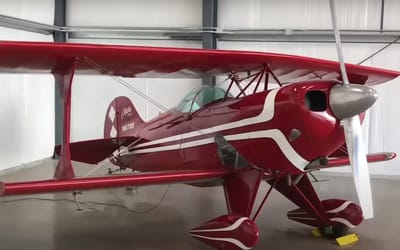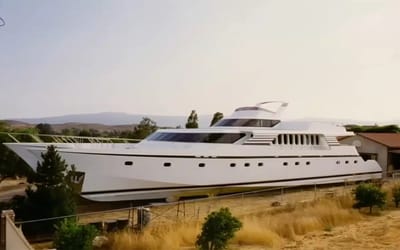This upcoming liquid-hydrogen-powered VTOL aircraft looks incredible inside and out
- Sirius Aviation AG has unveiled its new hydrogen-powered luxury business jet
- Dubbed SiriusJet, the new VTOL runs off hydrogen fuel cells
- The company hopes to start producing the aircraft in 2028
Published on Jun 24, 2024 at 4:25 PM (UTC+4)
by Claire Reid
Last updated on Jun 24, 2024 at 6:49 PM (UTC+4)
Edited by
Alessandro Renesis
Sirius Aviation AG has unveiled its groundbreaking hydrogen-powered luxury business jet.
The new Vertical Take-Off and Landing (VTOL) is powered by hydrogen fuel cells and offers a range of up to 1,850km (1,150 miles).
The SiriusJet was showcased to the world at the MOVE Expo in London on Thursday, June 20 – giving a first look at both the inside and outside of the jet.
READ MORE! Liquid-hydrogen-powered plane would fly from the UK to the US without refueling
The hydrogen-powered aircraft hopes to ‘set new standard’ in aviation
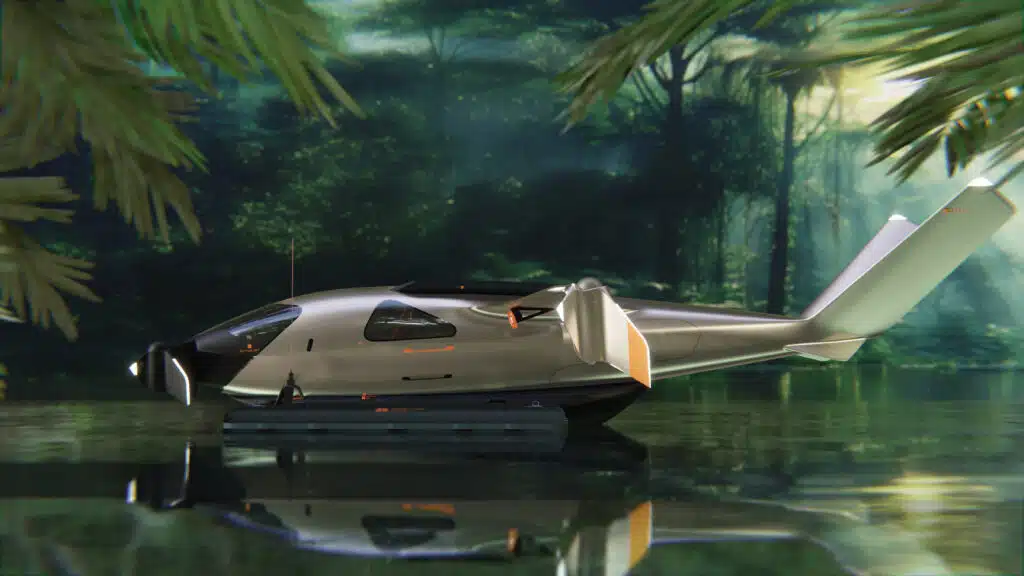
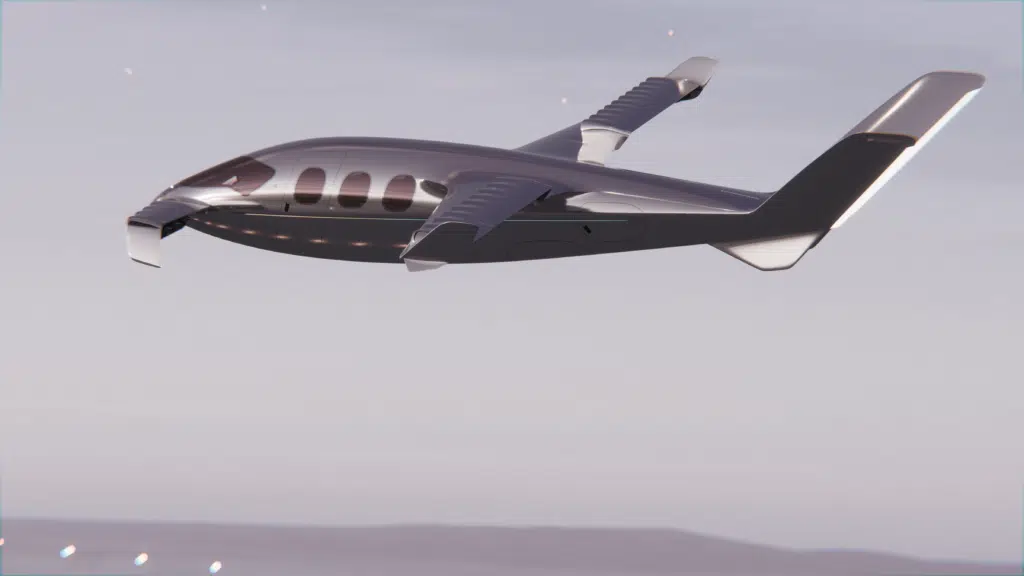
The Swiss aviation startup has partnered with BMW Group Designworks on the project, blending state-of-the-art technology with elegant design.
“The SiriusJet sets a new standard in aviation with its hydrogen propulsion system, [it is] a major leap towards sustainable aviation,” Sirius said in a note.
The v-tail SiriusJet will feature 28 ducted fans, powered by hydrogen, that are split between its wing and canard.
Each of the 28 fans is driven by its own motor, giving the jet a reported cruising speed of 515kmh (320mph) and will fly at altitudes of 6,400m (21,000ft)
Because it’s electric, the aircraft is super quiet, about as loud as your average dishwasher, but is still able to carry up to three passengers.
How does the SiriusJet actually work?
The SiriusJet is powered by a liquid hydrogen fuel tank that feeds a fuel cell stack.
The stack charges the main battery banks which power the motors that run the fans.
The aircraft is also fitted booster battery pack that’s ‘functional for just 90 seconds per flight cycle’ and recharges during flight.
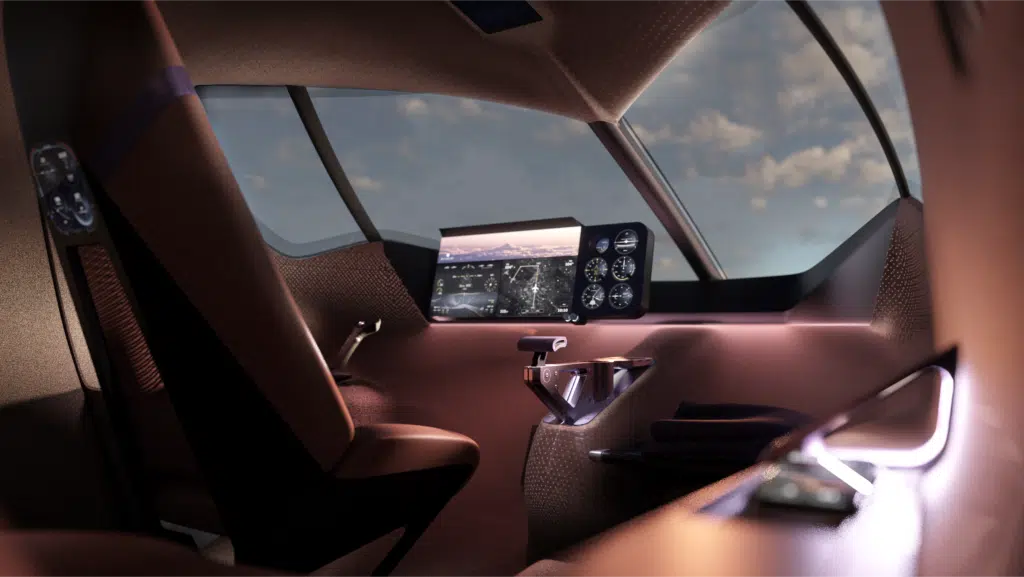
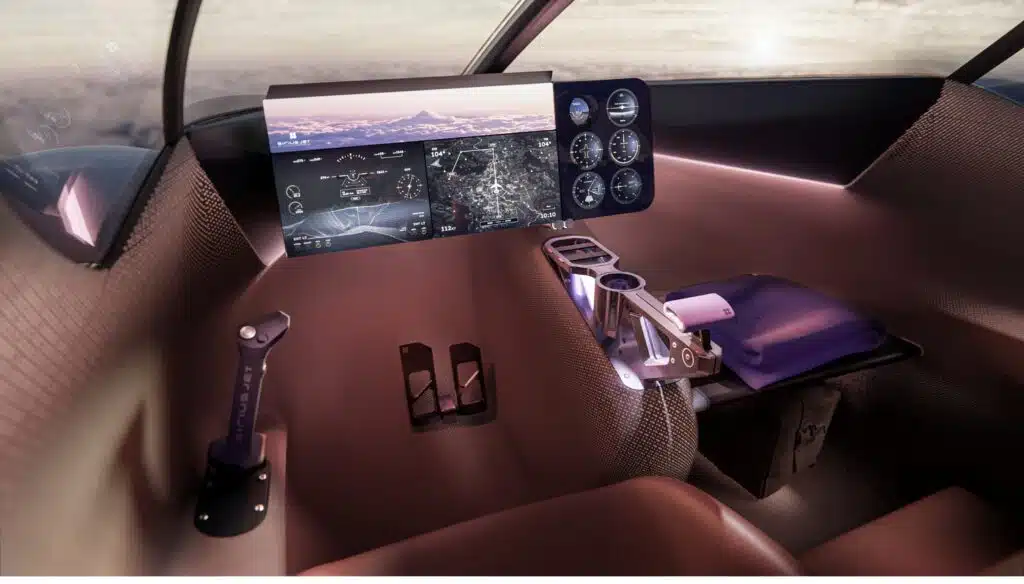
On its website, the company explains that the aircraft will come equipped with an airframe parachute system, ‘effectively reducing the incident risk to virtually zero’.
Inside, the aircraft is deceptively roomy with plenty of space to keep three passengers comfortable.
Beside each seat there is a side table with a cup holder, some storage space, a reading light and a charging tray, while an ‘invigorating’ burst of perfume will blast passengers shortly before landing. Not sure how I feel about that.
Elsewhere inside the jet, a ‘light portal’ display that shows flight time, range, and carbon footprint information.
Sirius Aviation AG has said it is hoping to start producing the aircraft by 2028.
DISCOVER SBX CARS: The global premium car auction platform powered by Supercar Blondie
Claire Reid is a journalist who hails from the UK but is now living in New Zealand. She began her career after graduating with a degree in Journalism from Liverpool John Moore’s University and has more than a decade of experience, writing for both local newspapers and national news sites. Claire covers a wide variety of topics, with a special focus on cars, technology, planes, cryptocurrency, and luxury.



